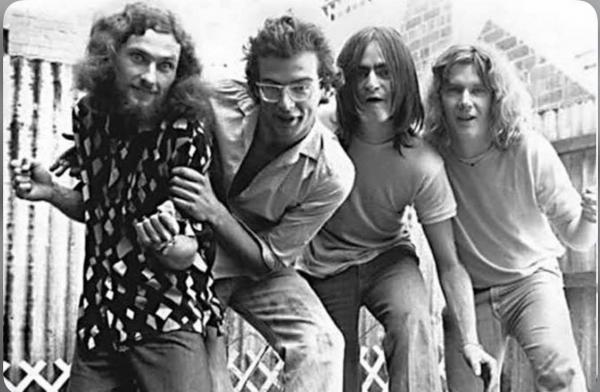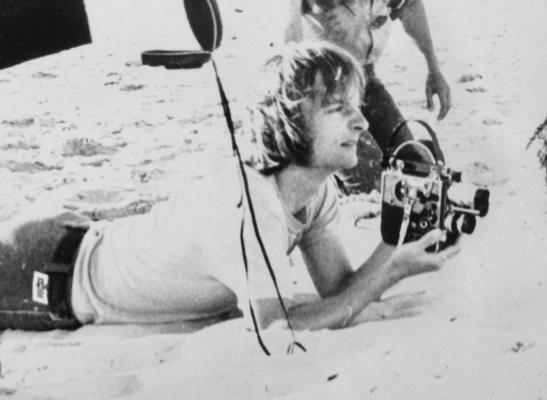By Phil Jarratt
Can it really be half a century since Daddy Cool topped the charts around the country with ‘Eagle Rock’?
Evergreen Noosa musician Chris Löfvén, chiefly famous these days as bass player and jokester with The SandFlys, certainly doesn’t think so. “Seems like only yesterday when a young film-maker climbed up onto a bus with a bunch of long-haired musos for the trip from Melbourne to Myponga in South Australia for one of the first rock festivals in Australia,” Chris recalled.
This is where the Daddy Cool story begins, but first we need to reel in a few more years and head back to the mid-1960s when Chris was a struggling arts student and photographer whose genius as an experimental film-maker was yet to be appreciated. To help pay the rent, he started taking publicity photos for new recording artists, such as a plumber named Johnny Farnham.
By 1967 the Bee Gees had introduced the rock clip to the world and Chris upgraded to a movie camera and shot what was probably Australia’s first for MPD Limited’s hit song “Little Boy Sad”. Clips for bands like The Groop and The Vibrants followed, but Australian TV offered very few platforms for them to be exposed to the public until 1971, when Chris’s clip for Spectrum’s “I’ll Be Gone” achieved a new level of cut-through, and more importantly, brought him to the attention of Ross and Pat Wilson, the couple behind new band Daddy Cool.
Back to Chris: “So all the bands, Daddy Cool, Spectrum, Sons of the Vegetal Mother and various others were on board this bus. Vegetal Mother was the prog rock band that spawned Daddy Cool, a homage to Frank Zappa which specialised in ridiculous anthems. Daddy Cool was just meant to be a bit of fun, but it soon became clear that they were more popular than Vegetal Mother.
“So Myponga was where I shot the first footage of Daddy Cool on stage, and Pat Wilson suggested doing a clip out of what I’d shot. But I only had enough for about a minute or so because film stock was so expensive. We started scratching our heads about what to do to get more footage, and I thought if we were going back to the ‘50s, we needed to shoot in the equivalent of a malt shop, which turned out to be a fish and chip shop in South Melbourne, but they had a juke box. The Daddy Cool bass player, Wayne Duncan, had an FJ Holden so we used that too, and I shot them playing at a few clubs around Melbourne.
“But still we didn’t have enough footage. We had neighbours who were zookeepers, and they said they could line up the eagle keeper and we could shoot this eagle dance that they did when he got in there to feed them. It was just fantastic, and then we pretty much had the clip in the can.”
Despite the still-limited outlets for rock clips, Chris’s crazy clip, inspired by The Beatles’ ‘Hard Day’s Night’ madcap director Richard Lester, made it onto Happening ’71 and the ABC’s GTK program and the rest is history. ‘Eagle Rock’ went straight to number one and stayed there for 10 weeks. The debut album that followed, ‘Daddy Who? Daddy Cool’, became Australia’s biggest-selling LP to date.
Chris Löfvén went off to London for three years, and when he returned a show called Countdown had emerged, ushering in a new era of music on film, which Chris was soon to exploit with his take on the Wizard of Oz, “Oz: A Rock and Roll Road Movie”.
But that’s another story.










